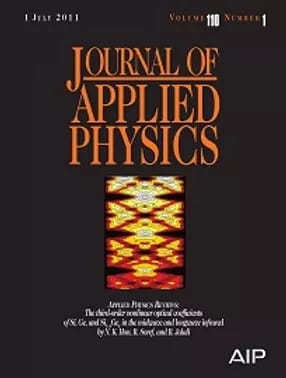News & Announcements
News
World’s Fastest Time-of-Flight Camera
Time-of-flight 3D imaging is the key technology in autonomous cars, robotics, and remote sensing. Building on more than 20 years of research on photonic time stretch data acquisition, our laboratory recently demonstrated the world’s fastest time of flight 3D camera....
Research on Deep Cytometry Published in Scientific Reports
Our recent work "Deep Cytometry: Deep learning with Real-time Inference in Cell Sorting and Flow Cytometry" which shows that high-throughput label-free cell classification with high accuracy can be achieved through a combination of time stretch quantitative phase...
Invited Talk presented by Prof. Jalali at the Label-Free Biomedical Imaging and Sensing (LBIS) Conference at SPIE Photonics West
Our recent work has shown that high-throughput label-free cell classification with high accuracy can be achieved through a combination of time stretch quantitative phase imaging, microfluidics and deep learning. Such a technology holds promise for early detection of...
Jalali-Lab Research on Deep Learning in Digital Engineering News
Mathworks® has recently featured our work on Deep Learning (DL) in Digital Engineering News. The article titled as Deep Learning Accelerates Product Development was posted by Randall Newton in Engineering Computing on May 1, 2018. Few words from the article "UCLA...
Jalali-Lab Releases Python Code for Image Super Resolution
RAISR (Rapid and Accurate Image Super Resolution) is an image processing algorithm reported by Google Research in 2016. The algorithm creates high resolution images from lower resolution images and is reportedly deployed on Google phones. The source code released on...
Phase Stretch Transform features as one of the top-ten most read stories on Mathworks this year
Mathworks® recently featured our physics-inspired edge detection algorithm, Phase Stretch Transform (PST) as a potential candidate for feature detection in biometrics, medical and computer vision applications in their article. The article received a lot of attention...
Time stretch and its applications
Professor Jalali and collaborators from four continents publish a thorough review of the Time Stretch technology in Nature Photonics. The review article explains how Time Stretch overcomes the speed limitations of electronic digitizers and enables ultrafast...
Phase Stretch Transform for biometrics and other computer vision applications
Mathworks® has featured our physics-inspired edge detection algorithm, Phase Stretch Transform (PST) as a potential candidate for feature detection in biometrics, medical and computer vision applications in their recent article. In the article, various example images...
Deep Learning Microscope
Prof. Bahram Jalali presented a keynote talk entitled "Deep Learning Microscope" at the The 7th International Multidisciplinary Conference on Optofluidics 2017 in Singapore. The talk described our group's success in detection of cancer cells in blood using the time...
Time stretch spectral shearing interferometry
Time stretch can be readily analysed by modelling the band-pass optical signals with low-pass complex envelopes. The transfer function of the dispersive element in the time-stretch system, H(ω), is mainly a phase propagator: in which ϕ(ω) is the phase profile of the...
Announcements

Undergraduate researcher Nora Brackbill

Undergraduate researcher Rebecca Brown

Postdoctoral scholar Keisuke Goda

2012 Aron Kressel Award

2012 Distinguished Engineering Achievement Award

2011-2012 Electrical Engineering Department's Distinguished Ph.D. Dissertation Award

Kam Yan Hon's paper
Kam Yan Hon’s paper titled “The Third-Order Nonlinear Optical Coefficients of Si, Ge, and Si(1-x)Ge(x) in the midwave and longwave infrared” has been selected to be on the cover of Journal of Applied Physics. Congratulations!
Using a combination of semiconductor theory and experimental results from the scientific literature, we have compiled and plotted the key third-order nonlinear optical coefficients of bulk crystalline Si and Ge as a function of wavelength (1.5-6.7 um for Si and 2.0-14.7 um for Ge).

SPIE Scholarship
Ali Fard wins SPIE Scholarship. This award recognizes his academic and research excellence in the field of optics and photonics. Congratulations!

